1. Misch CE. Dental implant prosthetics. St. Louis, Mo: Mosby;2005. p. 204–234.
2. DeBoer J. Edentulous implants: overdenture versus fixed. J Prosthet Dent. 1993; 69:386–390. PMID:
8463968.

3. Sadowsky SJ, Caputo AA. Effect of anchorage systems and extension base contact on load transfer with mandibular implant-retained overdentures. J Prosthet Dent. 2000; 84:327–334. PMID:
11005906.

4. Cekiç C, Akça K, Cehreli MC. Effects of attachment design on strains around implants supporting overdentures. Quintessence Int. 2007; 38:e291–e297. PMID:
17625616.
5. Celik G, Uludag B. Photoelastic stress analysis of various retention mechanisms on 3-implant-retained mandibular overdentures. J Prosthet Dent. 2007; 97:229–235. PMID:
17499093.

6. Fanuscu MI, Caputo AA. Influence of attachment systems on load transfer of an implant-assisted maxillary overdenture. J Prosthodont. 2004; 13:214–220. PMID:
15610541.

7. Wang HY, Zhang YM, Yao D, Chen JH. Effects of rigid and nonrigid extracoronal attachments on supporting tissues in extension base partial removable dental prostheses: a nonlinear finite element study. J Prosthet Dent. 2011; 105:338–346. PMID:
21530760.

8. Brewer AA, Morrow RM. Overdentures. 2nd ed. St. Louis: CV Mosby Co;1980.
9. Tabata LF, Assunção WG, Barão VA, Gomes EA, Delben JA, de Sousa EA, Rocha EP. Comparison of single-standing or connected implants on stress distribution in bone of mandibular overdentures: a two-dimensional finite element analysis. J Craniofac Surg. 2010; 21:696–702. PMID:
20485031.
10. Menicucci G, Lorenzetti M, Pera P, Preti G. Mandibular implant-retained overdenture: finite element analysis of two anchorage systems. Int J Oral Maxillofac Implants. 1998; 13:369–376. PMID:
9638007.
11. Chun HJ, Park DN, Han CH, Heo SJ, Heo MS, Koak JY. Stress distributions in maxillary bone surrounding overdenture implants with different overdenture attachments. J Oral Rehabil. 2005; 32:193–205. PMID:
15707430.

12. Mericske-Stern R. Force distribution on implants supporting overdentures: the effect of distal bar extensions. A 3-D in vivo study. Clin Oral Implants Res. 1997; 8:142–151. PMID:
9758965.
13. Tokuhisa M, Matsushita Y, Koyano K. In vitro study of a mandibular implant overdenture retained with ball, magnet, or bar attachments: comparison of load transfer and denture stability. Int J Prosthodont. 2003; 16:128–134. PMID:
12737242.
14. Mariano LOH, Sartori EA, Broilo JR, Shinkai RSA, Corso L, Marczak RJ. Stresses in implant-supported overdentures with bone resorption: A 3-D finite element analysis. Rev Odonto Cienc. 2012; 27:41–46.

15. Ochiai KT, Williams BH, Hojo S, Nishimura R, Caputo AA. Photoelastic analysis of the effect of palatal support on various implant-supported overdenture designs. J Prosthet Dent. 2004; 91:421–427. PMID:
15153848.

16. Assunção WG, Gomes EA, Rocha EP, Delben JA. Three-dimensional finite element analysis of vertical and angular misfit in implant-supported fixed prostheses. Int J Oral Maxillofac Implants. 2011; 26:788–796. PMID:
21841989.
17. van Staden RC, Guan H, Loo YC. Application of the finite element method in dental implant research. Comput Methods Biomech Biomed Engin. 2006; 9:257–270. PMID:
17132532.

18. Savadi RC, Agarwal J, Agarwal RS, Rangarajan V. Influence of Implant Surface Topography and Loading Condition on Stress Distribution in Bone Around Implants: A Comparative 3D FEA. J Indian Prosthodont Soc. 2011; 11:221–231. PMID:
23204731.

19. Prakash V, D'Souza M, Adhikari R. A comparison of stress distribution and flexion among various designs of bar attachments for implant overdentures: a three dimensional finite element analysis. Indian J Dent Res. 2009; 20:31–36. PMID:
19336857.

20. Tanino F, Hayakawa I, Hirano S, Minakuchi S. Finite element analysis of stress-breaking attachments on maxillary implant-retained overdentures. Int J Prosthodont. 2007; 20:193–198. PMID:
17455444.
21. Bendjaballah MZ. The effect of non-contact conditions in a splinted fixed partial denture on the load sharing mechanism: a finite element study. J Bionic Eng. 2012; 9:336–342.

22. Barão VA, Assunção WG, Tabata LF, Delben JA, Gomes EA, de Sousa EA, Rocha EP. Finite element analysis to compare complete denture and implant-retained overdentures with different attachment systems. J Craniofac Surg. 2009; 20:1066–1071. PMID:
19553853.

23. Vafaei F, Khoshhal M, Bayat-Movahed S, Ahangary AH, Firooz F, Izady A, Rakhshan V. Comparative stress distribution of implant-retained mandibular ball-supported and bar-supported overlay dentures: a finite element analysis. J Oral Implantol. 2011; 37:421–429. PMID:
20712443.

24. Federick DR, Caputo AA. Effects of overdenture retention designs and implant orientations on load transfer characteristics. J Prosthet Dent. 1996; 76:624–632. PMID:
8957789.

25. Daas M, Dubois G, Bonnet AS, Lipinski P, Rignon-Bret C. A complete finite element model of a mandibular implant-retained overdenture with two implants: comparison between rigid and resilient attachment configurations. Med Eng Phys. 2008; 30:218–225. PMID:
17383925.

26. Liu J, Pan S, Dong J, Mo Z, Fan Y, Feng H. Influence of implant number on the biomechanical behaviour of mandibular implant-retained/supported overdentures: a three-dimensional finite element analysis. J Dent. 2013; 41:241–249. PMID:
23160036.

27. Osman RB, Elkhadem AH, Ma S, Swain MV. Finite element analysis of a novel implant distribution to support maxillary overdentures. Int J Oral Maxillofac Implants. 2013; 28:e1–e10. PMID:
23377076.

28. Misch CE. Contemporary Implant Dentistry. 3rd ed. St. Louis, Mo: Mosby;2008. p. 293–314.
29. Chen IC, Brudvik JS, Mancl LA, Rubenstein JE, Chitswe K, Raigrodski AJ. Freedom of rotation of selected overdenture attachments: an in vitro study. J Prosthet Dent. 2011; 106:78–86. PMID:
21821161.

30. el-Sheikh AM, Hobkirk JA. Force transmission in bar-retained implant-stabilised mandibular over-dentures: an in-vitro study. Eur J Prosthodont Restor Dent. 2002; 10:173–178. PMID:
12526275.
31. Bergendal T, Engquist B. Implant-supported overdentures: a longitudinal prospective study. Int J Oral Maxillofac Implants. 1998; 13:253–262. PMID:
9581412.
32. Ueda T, Kremer U, Katsoulis J, Mericske-Stern R. Long-term results of mandibular implants supporting an overdenture: implant survival, failures, and crestal bone level changes. Int J Oral Maxillofac Implants. 2011; 26:365–372. PMID:
21483890.
33. Rismanchian M, Dakhilalian M, Bajoghli F, Ghasemi E, Sadr-Eshkevari P. Implant-retained mandibular bar-supported overlay dentures: a finite element stress analysis of four different bar heights. J Oral Implantol. 2012; 38:133–139. PMID:
20545552.

34. Preiskel HW. Precision attachments in prosthodontics: The applications of intracoronal and extracoronal attachments. 1st ed. Chicago: Quintessence Pub. Co.;1984.
35. Takayama Y, Yamada T, Araki O, Seki T, Kawasaki T. The dynamic behaviour of a lower complete denture during unilateral loads: analysis using the finite element method. J Oral Rehabil. 2001; 28:1064–1074. PMID:
11722724.

36. Davidovits P. Physics in biology and medicine. 3rd ed. Academic Press;2007.
37. Rismanchian M, Dakhilalian M, Bajoghli F, Ghasemi E, Sadr-Eshkevari P. Implant-retained mandibular bar-supported overlay dentures: a finite element stress analysis of four different bar heights. J Oral Implantol. 2012; 38:133–139. PMID:
20545552.

38. Merdji A, Bouiadjra BB, Chikh BO, Mootanah R, Aminallah L, Serier B, Muslih IM. Stress distribution in dental prosthesis under an occlusal combined dynamic loading. Mater Des. 2012; 36:705–713.





 PDF
PDF ePub
ePub Citation
Citation Print
Print



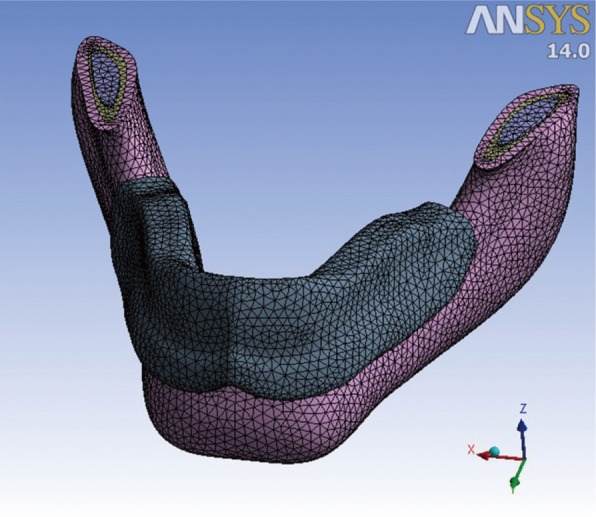
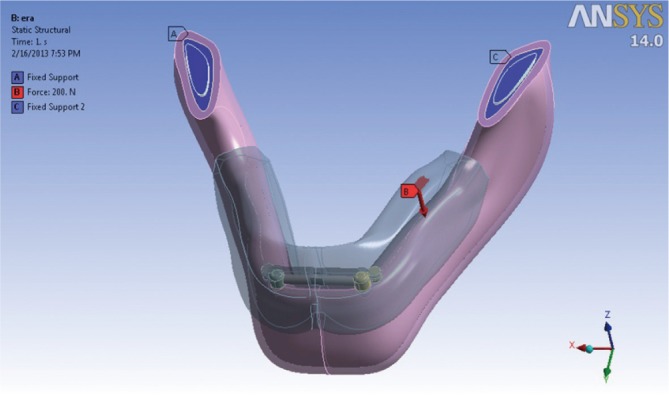
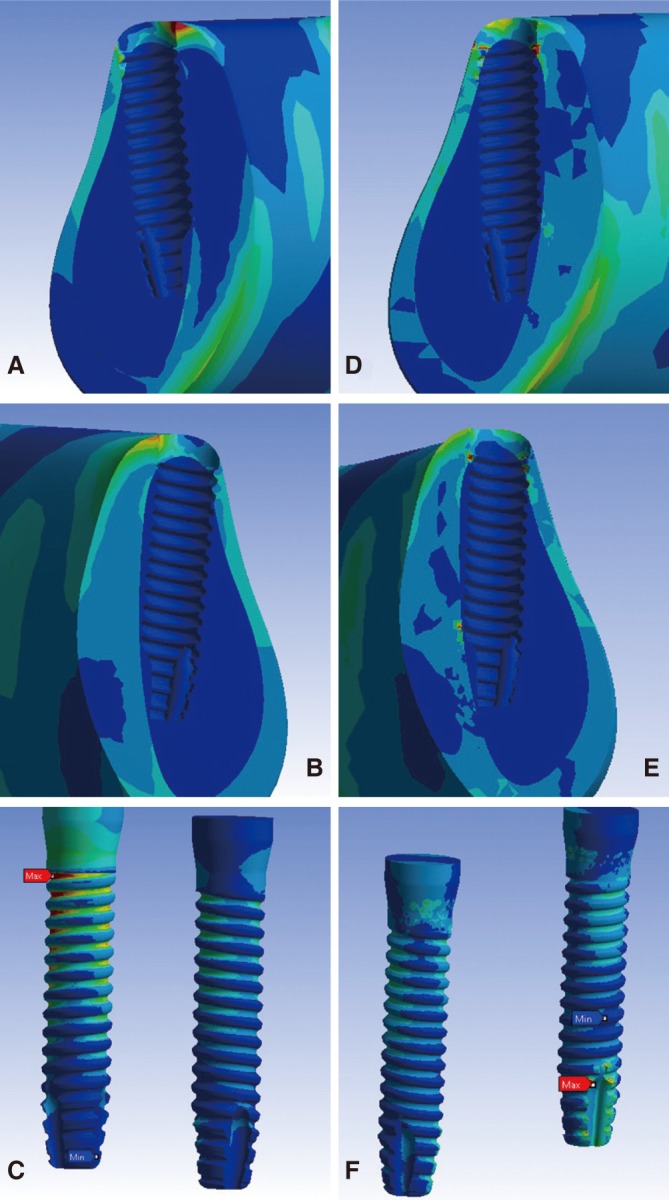
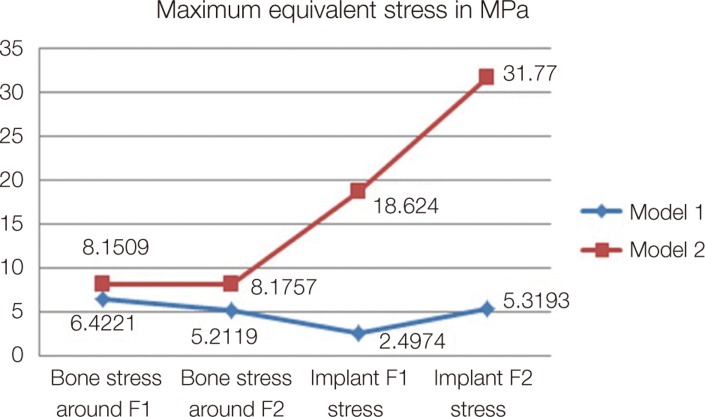
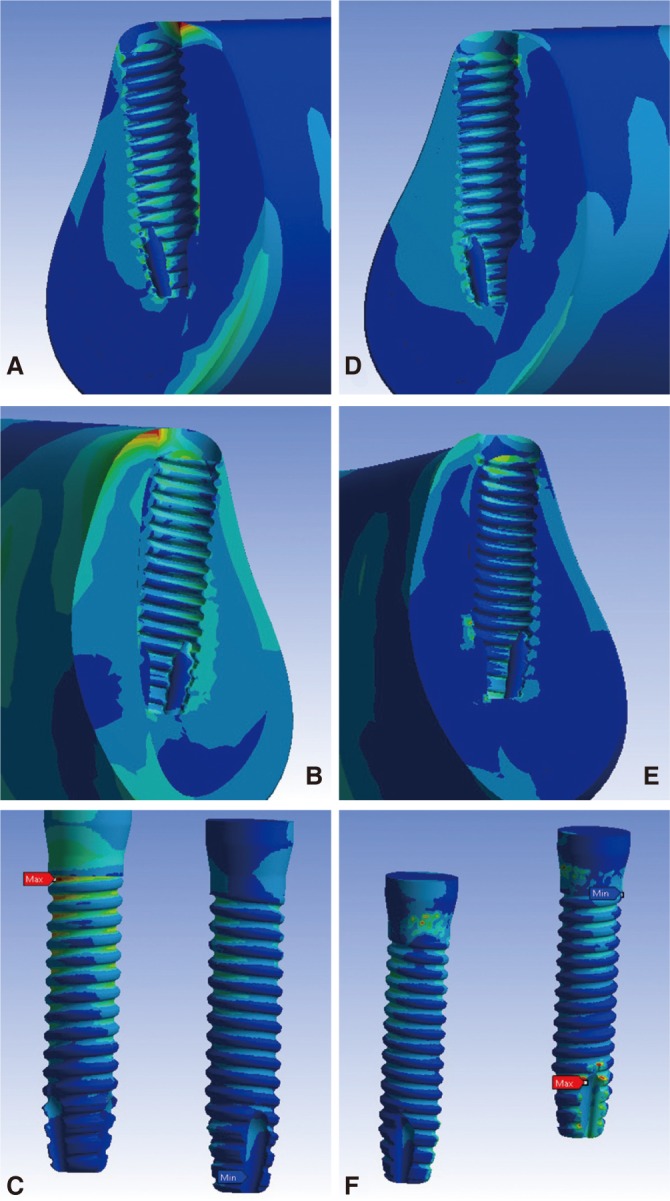
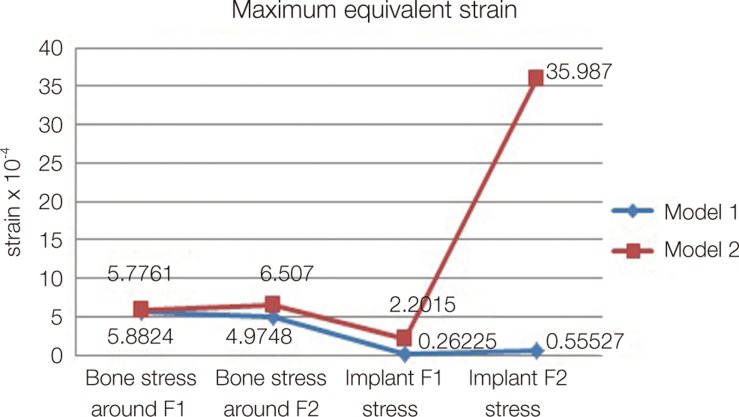

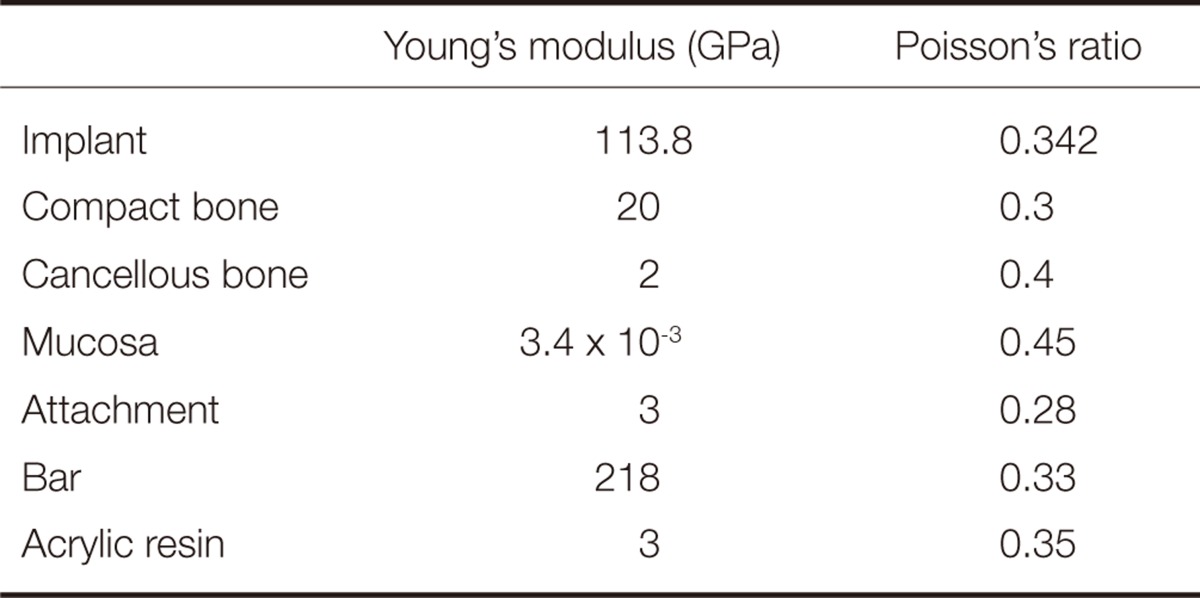
 XML Download
XML Download